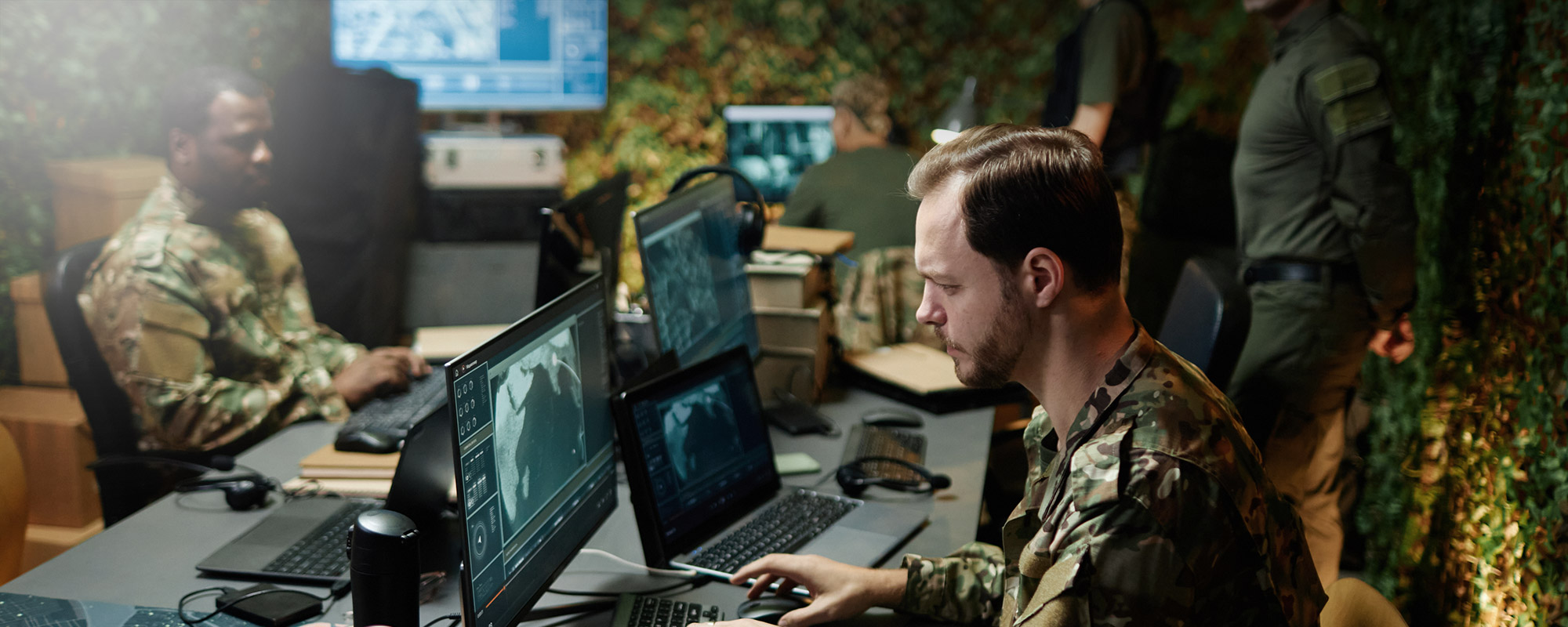From Silos to Systems: How Collaboration Can Strengthen America’s Semiconductor Future
In the final installment of our four-part series, Christian Cabaniss, SPA Military Operations Analyst and USMC Col Ret, outlines why America’s semiconductor future hinges on breaking down silos. With billions invested and national security at stake, disjointed efforts across agencies and industry create dangerous vulnerabilities. This piece explores what holistic planning really means—from pro
Infrastructure Matters: The Hidden Challenges Behind America’s Semiconductor Ambitions
New chip fabs are being planned nationwide—but without power, permitting, and people, they may never run. In Part 3 of our semiconductor resilience series, Christian Cabaniss, military operations analyst at SPA and USMC Col Ret, highlights the massive infrastructure challenges behind domestic chip production. From 20-year permitting timelines to critical labor shortages, this piece details why c
Risk vs. Uncertainty: Building Resilience into America’s Semiconductor Future
What’s the difference between risk and uncertainty—and why does it matter for national security? In Part 2 of our series, Christian Cabaniss makes the case that static planning models are failing America’s semiconductor strategy. From Taiwan’s outsized role to fragile, global supply webs, the reality is more complex than risk assessments suggest. This piece offers a blueprint for resilienc
Beyond the Chip: Why National Security Depends on the Entire Semiconductor Ecosystem
For most Americans, semiconductors remain invisible—embedded in smartphones, appliances, cars, and computers without a second thought. But for those in national security and defense policy, the global semiconductor industry is now front and center, tied to questions of military readiness, economic resilience, and geopolitical competition.
Navigating the Future of Defense: Key Trends Shaping National Security
The national security landscape is shifting rapidly. Advances in technology, evolving geopolitical tensions, and the increasing complexity of modern warfare are challenging long-standing defense strategies. For senior military and government leaders, the challenge is not just keeping pace but staying ahead—anticipating change before it arrives and preparing accordingly.



